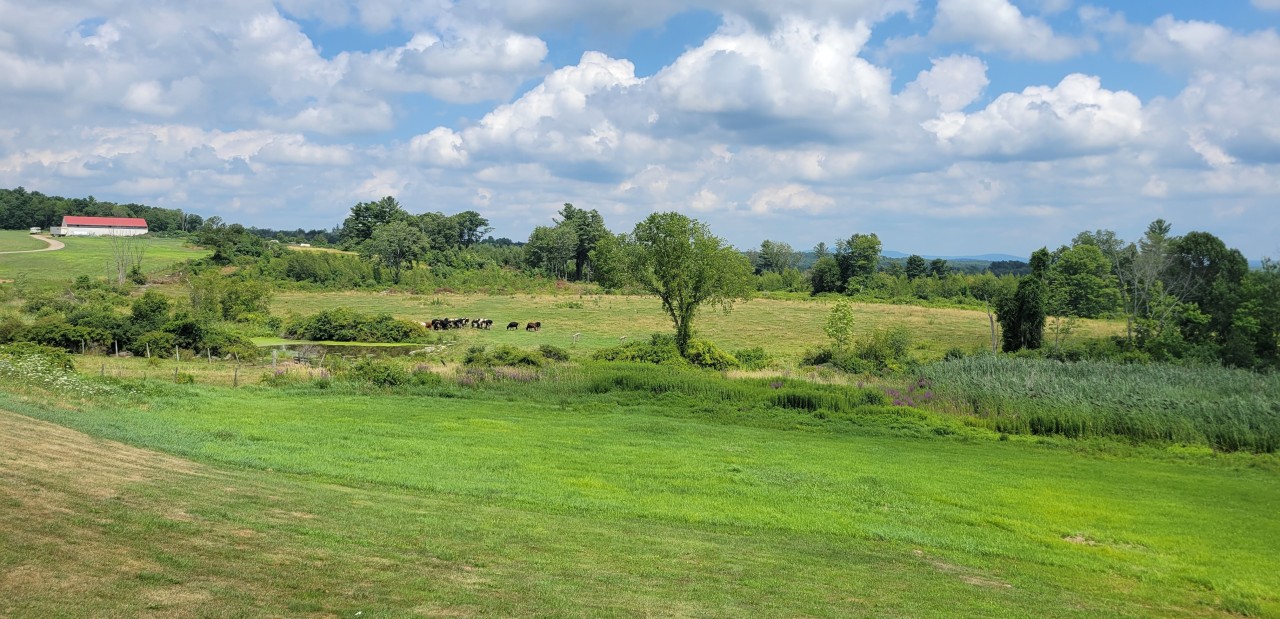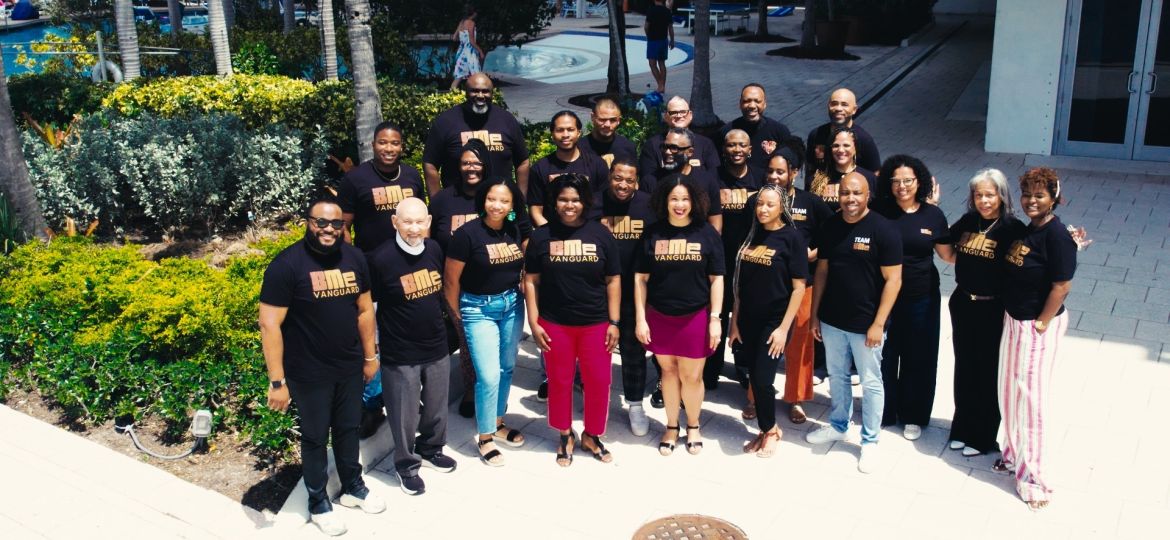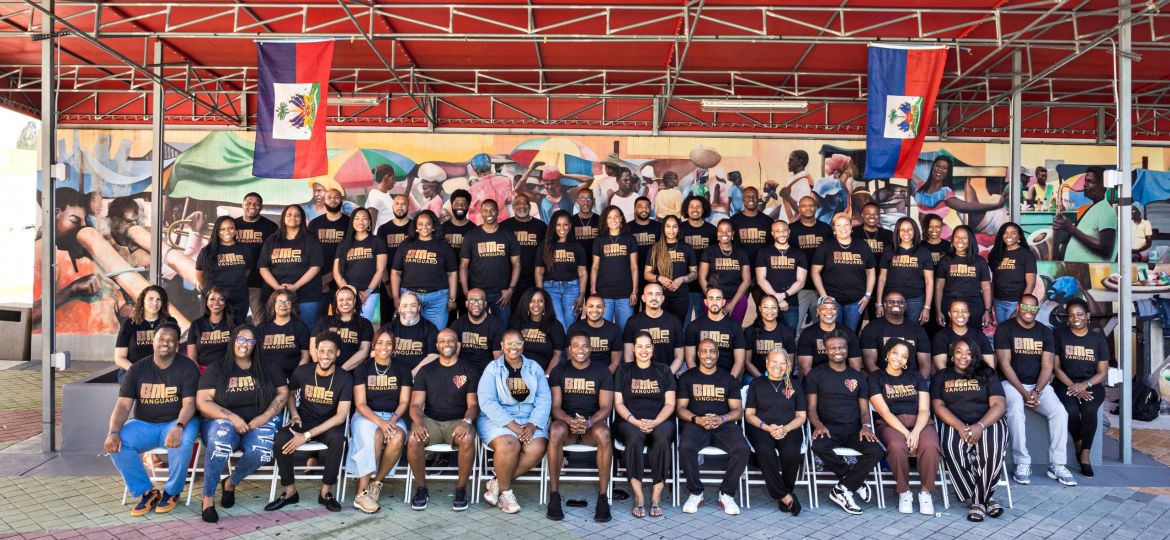Think back to a recent grant proposal you wrote to a funder, a presentation you delivered to a board of directors, or a conversation you had with colleagues about a project. If you work in the field of community and economic development, chances are you may have used terms like “at-risk populations,” “low-income communities,” or “marginalized residents” to convey your message and highlight a need or important cause.
Though these phrases are extremely common, particularly in the government and non-profit sectors, they can also be counterproductive. These labels define people and communities by their problems and challenges, making them into something that needs “fixing.” Using this language can actually stigmatize and objectify the very people and places we are seeking to lift up, potentially propagating the systems and conditions we are trying to dismantle.
This is because negative frames are often “baked in” to many projects, programs, mission statements, and conversations that are meant to improve the lives of people and communities. In an effort to attract funding or raise money, people and places are frequently portrayed by what they are lacking and what problems they are facing – often through statistics and narratives that reinforce gaps and deficits. Despite good intentions, both funders and service providers may be reinforcing stereotypes that perpetuate challenges and seed internalized oppression.
Asset-Framing: Defining People by their Aspirations
Trabian Shorters, a consultant and the CEO of BMe Community, developed the concept of asset-framing in 2012 as an alternative approach to counter the stigmatizing language and negative narratives often unwittingly employed by people and organizations that are seeking to do good and make a positive change in the world. In Shorters’s words, asset-framing means “defining people by their aspirations and contributions before acknowledging their challenges.”
Drawing on the influential work of psychologist and economist Daniel Kahneman and from his own experience in social impact investment and philanthropy, Shorters’s concept of asset-framing seeks to present a deeper picture of who people are and what places are like, with the understanding that how something is first introduced and named influences how it is widely perceived.
Asset-framing seeks to “build equity without stigmatizing people” and promotes the value, dignity, and humanity of all individuals, no matter their life circumstances or the kinds of challenges facing them. It means using language to highlight how a program supports young people on their journeys to overcome barriers and achieve their personal goals rather than one that helps at-risk children in some of the city’s toughest neighborhoods. Or how an initiative provides resources to empower families to have safe, healthy, and fulfilling lives rather describing it as one that targets the most needy and vulnerable individuals in the community.
“Stop Loving the Problem”
The philanthropic futurist Trista Harris writes in her book FutureGood that “[I]n the social sector, we spend a ton of time loving the problem…We think that if people only understood how bad the problem was, they would do something different to fix it.” Harris continues: “While it is helpful to know the scope of the problem you are working on, the work can’t stop there. Spending so much time describing the problem makes you feel like you have done something because you used a lot of energy and time during that process…” In response, asset-framing is a good cure for those of us who get trapped by “loving the problem” and can lead to real action through a different, more empowering narrative about those we serve.
To be clear, employing an asset-frame doesn’t mean ignoring real challenges, traumas, or structural barriers, or using flowery language to paint a rosy picture in the face of adversity. What it does mean is that you lead the conversation and strategy first by lifting up the aspirations and value of people and communities before tackling those challenges.
The Case for a Rural Asset-Frame
The national conversation about rural America is often infused with the language of deficit, decline, and negativity. There are many reasons for this, including stereotypes, political divides, and general misunderstanding – and of course, very real structural challenges facing small communities and rural regions.
It is not uncommon to read through a grant funding opportunity designed to support rural places and see countless references to “rural brain drain,” “distressed rural regions,” “rural decline” and the “broadband divide.” News stories refer to rural places as “flyover country” with “forgotten men and women” suffering from “diseases of despair.” Again, these labels are pointing to real issues facing rural America, but the language employed can stigmatize and dehumanize people, rather than establish a framework for real change.
Policymakers, funders, and organizations can better serve rural communities by applying an asset-frame to their missions, programs, and initiatives which can lead to better outcomes – and ultimately better support the people they are meant to serve.
Exploring and Leveraging Assets through Wealthworks
One way to encourage asset-framing for rural economic development can be found in Wealthworks, a framework that that can help provide the concepts and language to talk about resilience, economic development, and inclusion. This is an approach that seeks to do economic development differently, that is demand-driven, keeps wealth in communities, and engages directly with residents who may not have previously been part of the economic development planning and decision making process. It’s an asset-based approach to economic development that focuses on what a community has, rather than what it lacks.
A key part of WealthWorks is identifying and honoring the multiple forms of capital or wealth that exist in communities. Oftentimes we think of the wealth in our regions through only a financial angle or measure success in terms of jobs and output. Instead, Wealthworks highlights eight forms of capital in communities: individual, intellectual, natural, built, financial, political, social, and cultural.
This is a powerful model that recognizes the wealth and success of a place cannot be measured simply in dollars and cents or by number of jobs created. Instead, it provides a much more holistic understanding of the actual experiences of people living and working in their communities. It can support with developing an asset-frame of economic development by first highlighting what people and places have to offer and their unique identities and aspirations before spotlighting the challenges – whatever they may be.
Strengthening Rural-Urban Linkages to Promote National Prosperity
An asset-frame for rural economic development can also lead to stronger national prosperity because of the deep linkages and interdependence that exist between rural and urban regions. Though geography, politics, and demographics often result in “rural” and “urban” communities being thought of as distinct and unrelated places, current economic and social realities reveal that an effective framework for understanding urban and rural is through a lens of interdependence and linkages.
Brian Dabson, an expert in rural development, has written: “No bright lines separate the two types of areas, either geographically or economically. If metropolitan America is to drive national prosperity, metropolitan areas will need a healthy and sustainable rural economy and culture. Likewise, if rural America is to flourish, it will surely depend upon vibrant, well-functioning cities and suburbs.”
Economic and workforce development, food production and distribution, energy, transportation, outdoor recreation, and other sectors demonstrate that regionalism can strengthen outcomes for residents and businesses in both cities and small towns. An asset-frame for rural economic development can highlight these linkages and demonstrate shared national benefits through better cooperation, partnerships, and understanding.
Good Policy, Better Results
Policy makers, government officials, foundations, social service agencies, economic developers, and planners who are seeking to promote a better future for rural and small town America: Embrace an asset-frame when designing, planning, and promoting your rural economic development initiatives. Rather than leading the conversation with the language of deficit and decline to bring attention to an issue, use an asset-frame that will ultimately better serve the communities and people you want to support.
This approach incorporates language and a narrative that recognizes the inherent humanity and dignity of everyone, no matter what obstacles or life circumstances they may face. Asset-framing is not only the right thing to do in terms of speaking to and about each other with respect, it’s also good rural economic development policy that can lead to better results and impact. Let’s start now!
- This essay was written as part of my involvement with Fieldtrips to the Future, a cohort of rural advocates and practitioners organized by FutureGood with funding from the Robert Wood Johnson Foundation. Thank you for this amazing opportunity to learn and network! (All opinions in the piece above are my own).
- The beautiful artwork that accompany this essay was created by illustrator and graphic recorder Yen Azzaro. Learn more about Yen’s work and technique here.







